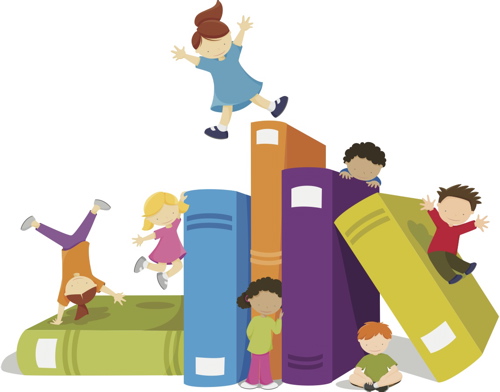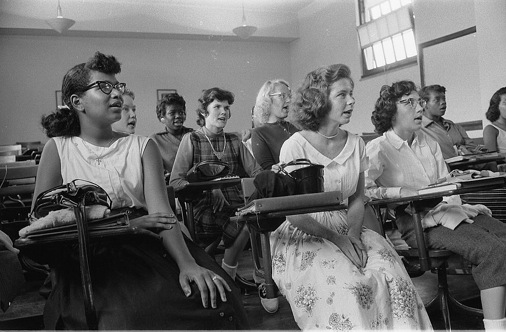So, Dr. Bogad was definitely right when she said Shor would make us think about all the readings we have analyzed thus far in class. As I was reading, I found myself engulfed in thoughts about who all of what we have learned about discussing theory and practice as teachers.

As I started reading, I immediately heard Johnson's voice when Shor opened her book speaking about the education system. She began speaking about a man named Bettelheim, who thinks education is made to have studies socialize.
"He urged teachers to enourage students to question their experience in school: You must arouse children's curiousity and make them think..." (1). This reminded me of Johnson because he states that we need to talk explicitly about issues of privilege, power, and difference. Bettelheim was encouraging teachers to question why they go to school, who exactly makes us go to school, etc. He thought (and I agree) that this would make students feel intelligent and get them thinking beyond just what is set in the curriculum for them to learn. Johnson would see this talk as productive and completely normal for kids to question the world around them.

Another topic Shor spoke about which got me thinking was when Shor addressed the idea that society is unequal, making schooling unequal. Students who are more in poverty will go to less elite schools than those students who aren't. Shor spoke about two people named Bowles and Gintis, who stated that "schooling supports existing power and division in society by sorting students into a small elite destined for the top and large mass destined for the middle and the bottom..." (19). This reminded me of Finn's article because he stated about the differences in learning and teaching methods between schools of various social classes. Finn also agreed that it was unfair that students in lower-class neighborhoods were basically set up to fail in school; not thinking critically and getting hands-on experiences that they need to succeed in the real world. This also reminded me of Oakes, who studied tracking in schools between students of the higher and lower level classes.

I also heard Kohn's voice when Shor spoke about the "typical classroom", which was "framed by competition and marked struggle between students" (23). Shor also talked about sticker charts, only the "neat" children's work being put up, and other scenarios that make other students feel inferior in the classroom. Kohn would have told any teacher who did these things to make each and every child feel equal and intelligent while in their classroom. They should not feel weaker than another student, and another child should not feel stronger than anyone else. Everyone should be working to help each other and advocate for positive learning.

I immediately thought of Delpit when Shor spoke about the atmosphere of a participatory classroom. She stated that there should be a balance between patience and impatience. She stated that the teacher must "lead the class energetically while patiently enabling students to develop their thoughts...to propel student's development so that they take more responsibility for their learning..." Delpit believes that teahcers need to explicitly teach the rules and codes of power to students who may not learn them at home. The ideas Shor presented to us as readers are rules she believes are important in the classroom. She states the way a great classroom should be run. Delpit would appreciate that such strict codes were being placed upon teachers to enable students to have a better learning experience.
When Shor spoke again about how teachers need to encourage a lot of student participation, I thought a lot about the Christiansen reading. Shor allowed her students to ask questions about the class they were taking, speak openly about the material and situations presented in class, and what they want from it as a whole. Shor worked to answer every student's questions and teach them all that they were curious about. One student said that she thought in college that she could do all the work on her own without going to class. The other students began speaking out about their viewpoints on this topic. Christiansen believes schools need students to take action and speak out in what they believe in class. They need to question what they are doing and find the main purpose. "Curriculum is the one place where the dominant culture can either be supported or challenged, depending on the way knowledge is presented and studied" (34).

Finally, I heard Collier's voice when Shor spoke about having multi-cultural curriculums in schools. She spoke about "The Elsaser-Irvine experiment", which is all about this topic. Collier believes that students should honor student's first language skills to help them be successful in English. This experiment states that multi-cultural curriculum establishes equality among various cultural groups. Students need to learn about their communities and the people around them in order to establish their identity (Rodriguez).
Shor actually runs a lot of her classes she taught the same way we do! The way she spoke about her teaching, which she called reflexive teaching reminded me of Dr. Bogad, who gives us questions to answer and analyze about what we read in and outside of class. " ...the teacher poses questions, listens carefully, and re-presents to students what they have said for further reflection.." (54). This allows us to think critically and get other opinions and ideas from students, especially when we work in groups. Shor believes in the "asking questions" tactics and group work. She believes that the students should talk openly about what they learned or felt from any activity they are doing. This is pretty much how Dr. Bogad conducts every class we have. We have discussions that actually matter and can be applied to more than just this class. The talks we have help teach us things that can affect how we are as teachers and people. Shor is a lot like her. :)
I thought I would end off my last blog with a cool link. I typed in "Empowering Education" and found this website from a school or teachers in Colorado which is all about the important of social and emotional wellness of students in their school systems. They pretty much created a new educational philosophy with videos and links to back up their ideas. (I know it's a bit random but it totally ties in to points Shor was trying to make!)
LAST. BLOG. EVER. :( It's been reaaaaaaaaaaaaal guys














